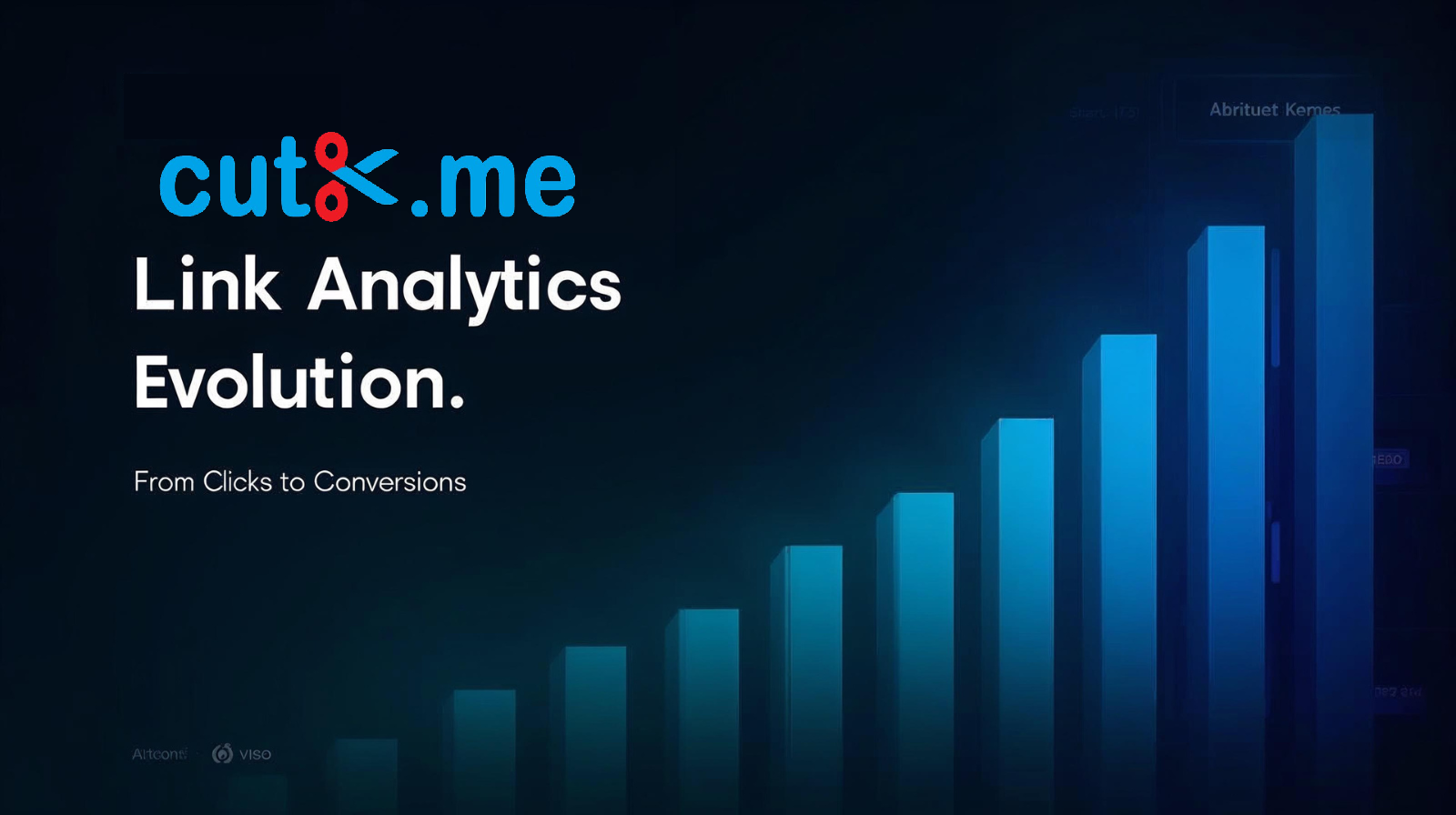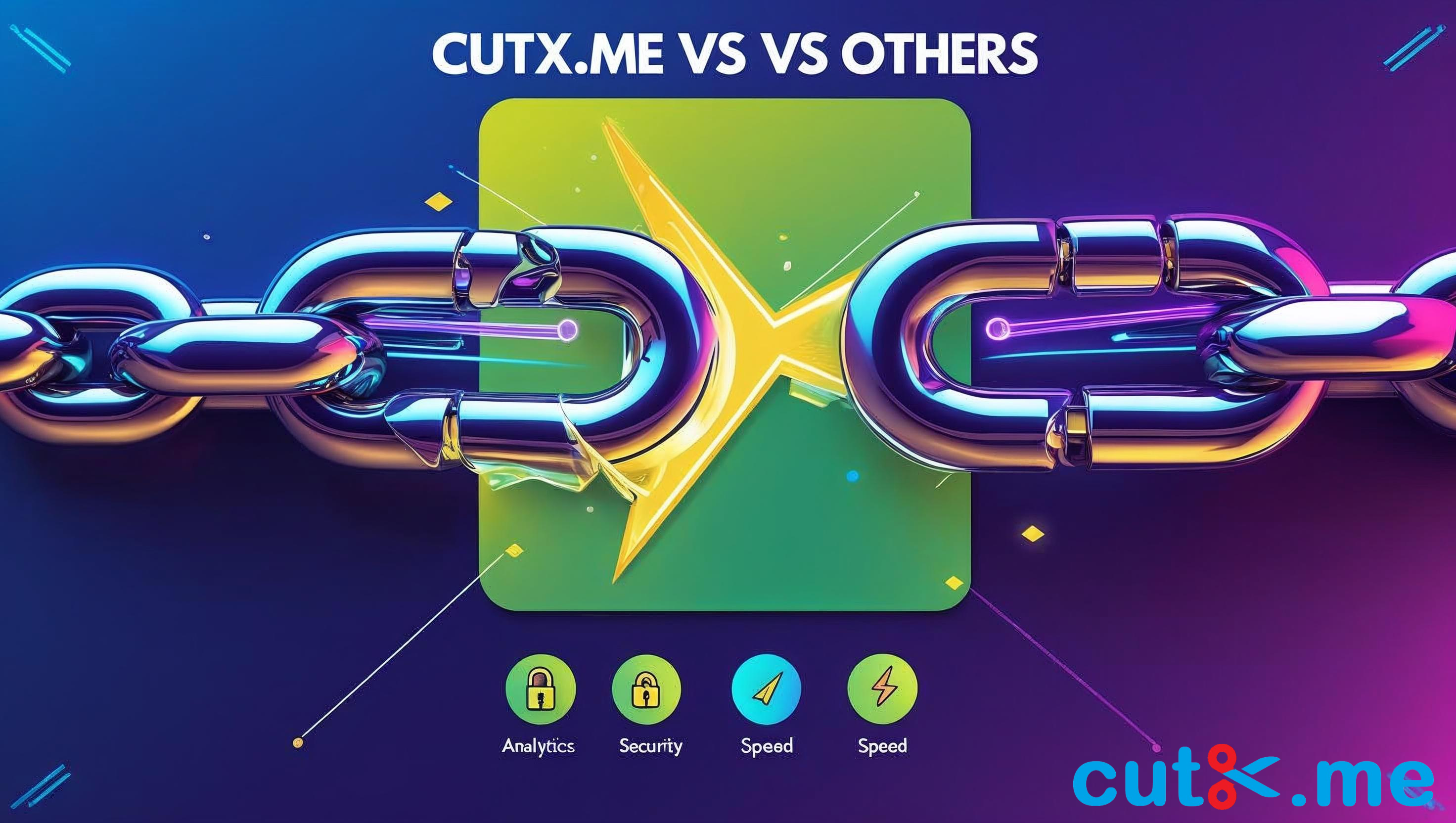
Introduction: A new era of link data
The link analytics evolution changed marketing. Early teams counted clicks. Now they measure real conversions. Today, analytics tie a single short link to revenue, retention, and lifetime value. Marketers and product teams who adopt conversion-focused link analytics win gains fast. This article gives a data-rich tour from simple trackers to conversion-first thinking.
Early days: counting clicks
In the beginning, link reports offered only raw counts. Teams logged clicks per URL. These early charts helped spot interest, but they missed intent. A click meant curiosity, not purchase. As traffic grew, teams needed better signals. The link analytics evolution pushed engineers to capture context: referrer, device, and landing page performance. As a result, teams moved from vanity metrics to meaningful measures.
Adding context: UTM, referrers, and source data
Next came UTM tags and referrer capture. Marketers added source, medium, and campaign tags. These tags let teams separate paid from organic clicks. Over time, analytics tools enriched links with session data. They connected clicks to page views and purchases. This stage marks a big step in the link analytics evolution because it ties a click to a journey.
From cookies to cross-device identity
Cookies helped correlate visits with actions. But users moved between phones, tablets, and desktops. To solve this, identity graphs emerged. They matched user identifiers across sessions. The link analytics evolution now emphasizes identity resolution. With identity, teams attribute conversions across devices. That shift improved accuracy in campaign ROI and lifetime value calculations.
Attribution models: first-touch, last-touch, and multi-touch
Attribution proved vital. Marketing teams adopted models: first-touch, last-touch, linear, and algorithmic. Each model answers a different question. For example, first-touch shows what starts interest. Last-touch shows what closes deals. Multi-touch assigns credit across touchpoints. This development advanced the link analytics evolution by moving teams from single metrics to holistic funnel views.
Privacy and regulation shaping analytics
Regulation changed tracking. Laws like GDPR and privacy controls limited cookie use. Analysts adapted. They used aggregated signals and server-side tracking. The link analytics evolution balanced accuracy with compliance. Teams began to rely more on first-party data and consented tracking. As a result, link analytics now supports privacy-safe conversion measurement while maintaining useful insights.
Server-side and event-driven tracking
Event-driven systems moved tracking from browsers to servers. This shift improved reliability. Server-side tracking reduces ad-blocker losses and captures post-click events like purchases. Today, the link analytics evolution highlights event streams that map clicks to outcomes. Developers instrument links to emit events that feed analytics pipelines in real time.
Predictive analytics and machine learning
Machine learning increases conversion insight. Models predict which links will convert. Teams use features like time-of-day, device, and previous behavior. This capability marks a modern step of the link analytics evolution. Predictive scores help prioritize campaigns and personalize downstream experiences. Over time, predictive analytics improves ROI by focusing effort where conversion likelihood is highest.
Real-time dashboards and alerting
Real-time dashboards replaced overnight reports. Teams monitor link performance live. They set alerts for conversion drops, spike in traffic, or geo anomalies. The link analytics evolution includes operational maturity that connects insights to actions. When a campaign underperforms, teams react quickly and test changes immediately.
Conversion-centric link shorteners
Modern shorteners do more than shrink URLs. They collect conversion data, run A/B tests, and manage redirects. These tools help teams measure which creative, landing page, or CTA converts best. The link analytics evolution turned short links into active experiments that drive measurable growth.
Best practices for modern link analytics
Follow these practices: tag links with consistent UTM parameters, use server-side events, respect user privacy, and deploy identity resolution where permitted. Also, run controlled experiments and adopt multi-touch attribution. These steps reflect the modern stage of the link analytics evolution and increase confidence in conversion numbers.
Implementation checklist
To implement conversion-driven analytics, do this: audit current tags, standardize naming, enable server-side tracking, capture purchase events, and validate attribution. Test on small campaigns and refine models. The link analytics evolution rewards teams that iterate and measure rigorously.
Case study snapshot
One SaaS product moved from click reporting to conversion pipelines. They added server events and identity resolution. Conversion tracking rose 42% in reporting accuracy. Revenue attribution aligned with billing data. This quick example shows how the link analytics evolution impacts planning and budget decisions.
Future directions
Expect privacy-first identity, federated learning, and better cross-platform signals. The link analytics evolution will continue toward predictive, privacy-safe conversions. Teams will combine aggregated cohorts with machine learning to preserve accuracy while protecting users.
Conclusion
The link analytics evolution moved the industry from simple counting to conversion-centered measurement. Teams that follow tagging standards, use server-side events, and apply ML will measure outcomes better. Move beyond clicks; measure true impact. That strategy drives growth and justifies marketing spend.
Frequently Asked Questions
How does link analytics affect ROI?
Link analytics shapes ROI by improving attribution. When teams link clicks to purchases, they see which channels earn revenue. This clarity lets them reallocate spend to top performers and cut waste.
Can I measure conversions without cookies?
Yes. Use server-side events, first-party data, and consented identifiers. Aggregate modeling and cohort analysis also reduce reliance on third-party cookies.
What role do short links play in conversions?
Short links can capture metadata, run A/B tests, and route users dynamically. They act as measurement points that connect campaigns to conversions.
How often should I audit link tags?
Audit monthly or when you run new campaigns. A quick audit ensures consistent UTMs and accurate attribution.
What metrics matter beyond clicks?
Look at conversion rate, revenue per click, lifetime value, and retention. These metrics show impact instead of mere attention.




